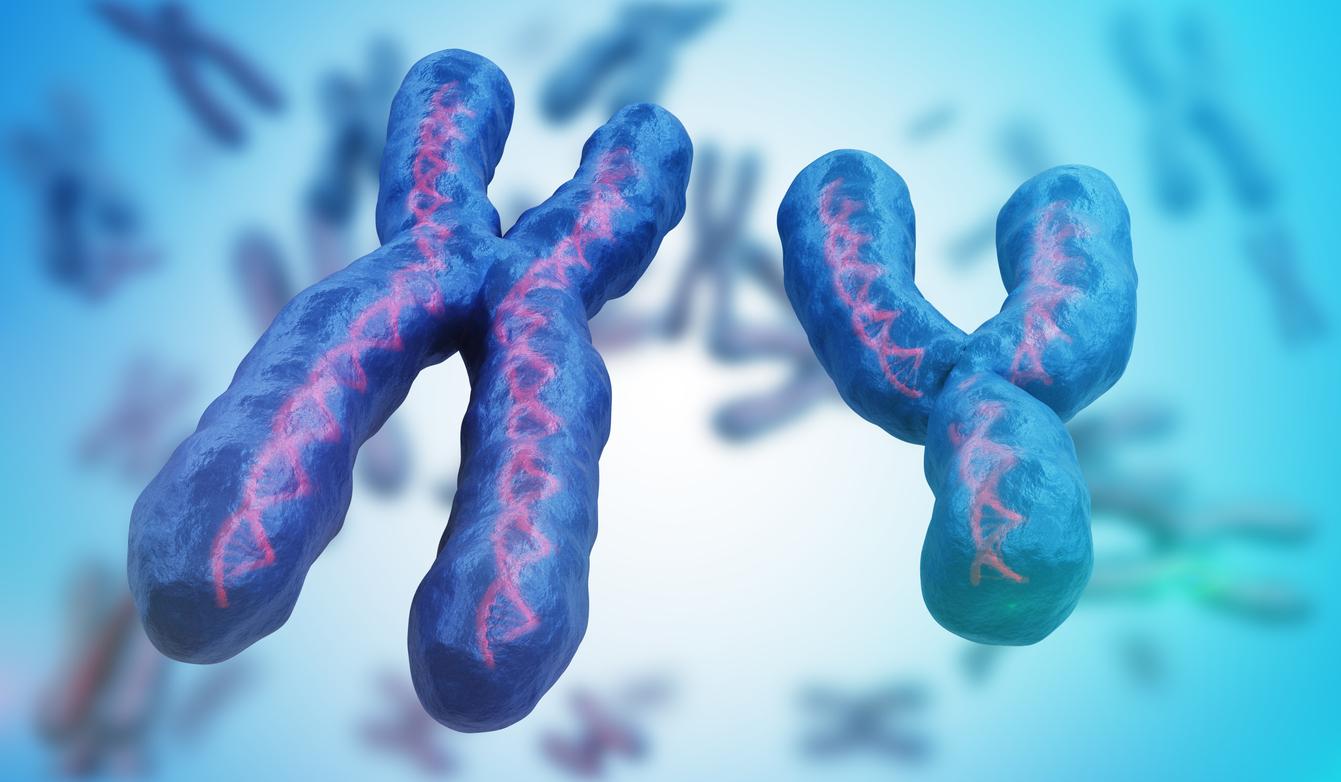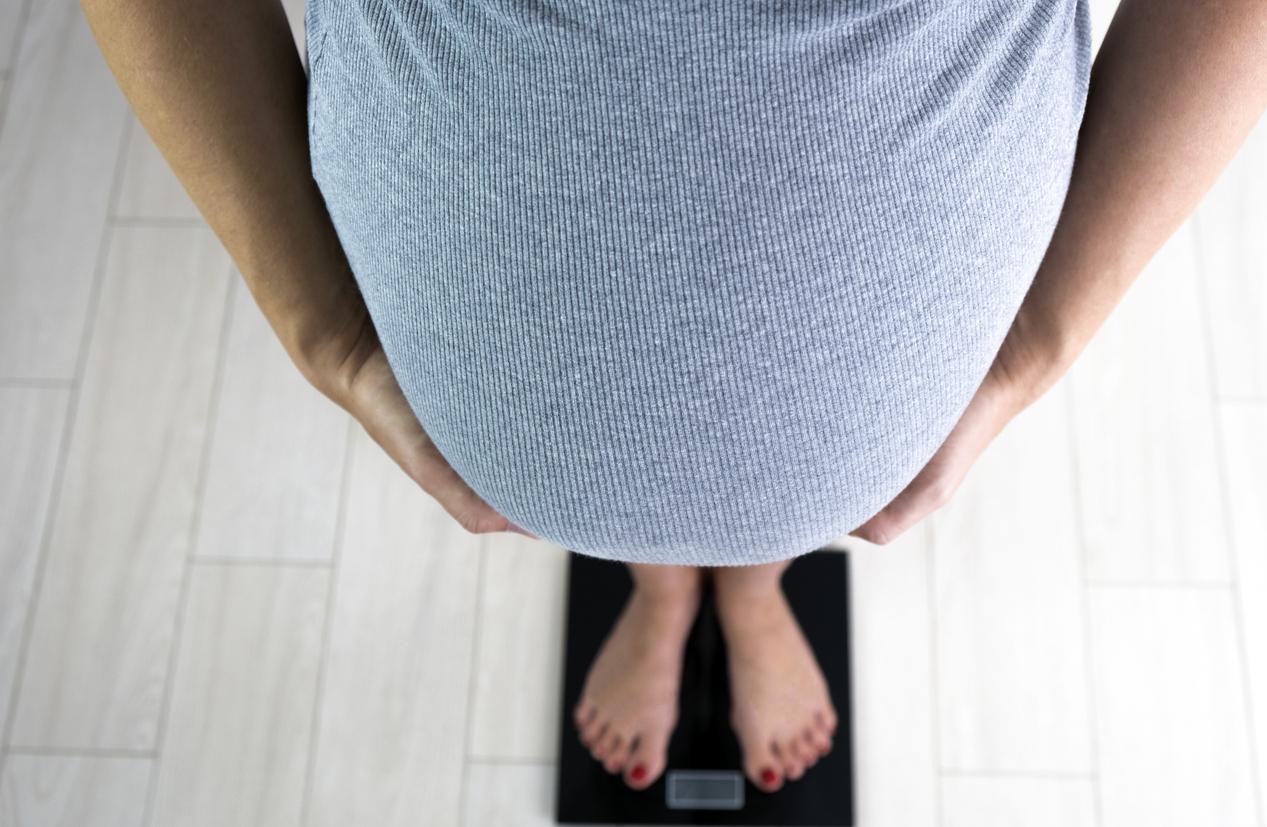It is a government report published this Thursday, April 26, 2018 that sounds the alarm: according to the Centers for Disease Control and Prevention (CDC), autism has become an “urgent” public health problem in the United States.
The numbers are glaring. While in 2002, autism affected 1 in 150 children aged 8 years, this rate climbed to 1 in 110 children in 2006, then to 1 in 88 children in 2008, then to 1 in 68 children in 2010, up to ” to reach 1 in 59 children (i.e. a prevalence of 16.8 per 1000) in 2014.
This data was collected from 325,483 children from multiple states – including Arizona, Colorado, New Jersey and Minnesota. An increase estimated at + 150% since 2000, according to CDC experts.
Boys still more affected by autism than girls
Currently, autism spectrum disorders (ASD) therefore affect 1.7% of American children – figures “surprising” according to Walter Zahorodny, associate professor of pediatrics in New Jersey, who conducted the study in this state. By way of comparison, in France, autism affects approximately 1 in 100 births.
CDC experts also note that little boys are, on average, 4 times more affected than little girls; 31% of children affected by autism suffer from an intellectual disability; white children are on average more affected than black or Hispanic children.
On the diagnostic side, although autism can be diagnosed in children as young as 2 years old, most of the children concerned were not diagnosed until the age of 4.
Read also :
Autism in children: early diagnosis for better management
Autism: detecting the disease with the eyes?
Autism: the 4th plan unveiled
















